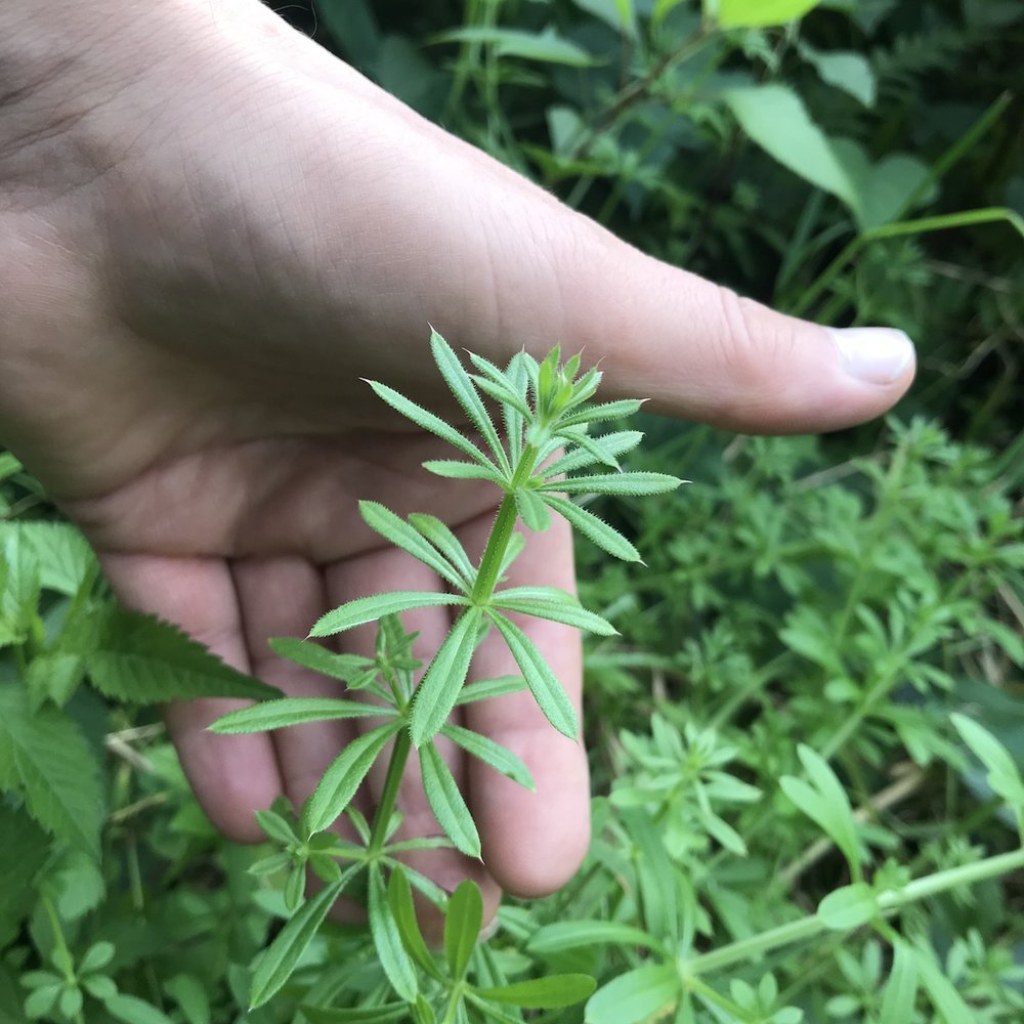Unlock The Secrets Of Sticky Plant Stuff: Experience The Power Of Nature’s Adhesive Marvels Today!
The Sticky Plant Stuff: A Fascinating Natural Phenomenon
Welcome, Smart Peoples! In this article, we delve into the captivating world of the sticky plant stuff. This natural phenomenon has intrigued scientists and nature enthusiasts alike for centuries. Join us as we explore the what, who, when, where, why, and how of this remarkable substance.
Introduction
Sticky plant stuff, also known as plant resin or sap, is a viscous substance produced by certain plants. It serves various purposes, including protection against herbivores, wound healing, and seed dispersal. Resin can be found in trees, shrubs, and even some flowering plants.
1 Picture Gallery: Unlock The Secrets Of Sticky Plant Stuff: Experience The Power Of Nature’s Adhesive Marvels Today!

Throughout history, humans have discovered the valuable properties of plant resin. It has been used for medicinal purposes, crafting tools and weapons, and even as an adhesive. The versatility and unique properties of sticky plant stuff continue to fascinate researchers and industries today.
What is Sticky Plant Stuff?
Sticky plant stuff is a natural substance produced by plants in response to injury or stress. It is typically a thick, sticky liquid that hardens over time. The exact composition of plant resin varies depending on the species, but it often contains a mixture of organic compounds, resins, oils, and volatile substances.

Image Source: squarespace-cdn.com
Plant resin serves as a protective barrier, sealing wounds and preventing the entry of pathogens. It also acts as a deterrent, trapping insects and other small organisms that may cause harm to the plant. The stickiness of resin ensures that these potential threats are immobilized and unable to escape.
How is Sticky Plant Stuff Produced?
The production of sticky plant stuff involves a complex biochemical process within the plant’s cells. When a plant is injured or stressed, it triggers the release of specific enzymes that convert stored compounds into resin. This resin is then excreted from specialized cells called resin ducts or canals.
As the resin is exposed to air, it undergoes polymerization, transforming from a liquid into a solid. This process can take hours, days, or even longer, depending on environmental conditions and the specific properties of the resin.
Who Produces Sticky Plant Stuff?
Various plant species produce sticky plant stuff, each with its own unique characteristics and uses. Some well-known examples include conifers such as pine trees, which release resin to seal wounds and protect against insects. Other plants, like the rubber tree, produce a sticky latex sap that can be used to create rubber products.
In addition to trees, certain shrubs and flowering plants also produce resin. For instance, the Boswellia tree, native to the Arabian Peninsula, produces an aromatic resin known as frankincense. This resin has been used for centuries in incense, perfumes, and medicinal preparations.
When and Where Can Sticky Plant Stuff be Found?
The presence of sticky plant stuff varies depending on the plant species and geographical location. In general, resin-producing plants can be found in diverse ecosystems, ranging from temperate forests to tropical rainforests.
During certain times of the year, resin production may increase, such as in response to insect infestations or environmental stressors. This can result in a more abundant presence of sticky plant stuff in specific areas, attracting researchers and nature enthusiasts.
Why is Sticky Plant Stuff Important?
Sticky plant stuff plays a vital role in the survival and adaptation of plants in their natural environments. It acts as a defense mechanism against herbivores, preventing excessive damage and allowing the plant to regenerate. Resin also helps plants heal wounds, protecting them from infection and promoting tissue regeneration.
Furthermore, sticky plant stuff has immense economic significance. It is used in a wide range of industries, including woodworking, construction, and even food production. Some resins are highly valued for their aromatic properties and are used in perfumes, incense, and traditional medicine.
Advantages and Disadvantages of Sticky Plant Stuff
Like any natural substance, sticky plant stuff has its pros and cons. Let’s take a closer look:
Advantages:
Effective defense mechanism against herbivores and pathogens.
Has medicinal properties and has been used in traditional medicine for centuries.
Offers potential in various industries, such as adhesive production and woodworking.
Contributes to the unique aroma and flavor of certain fruits and spices.
Can be used as a natural preservative due to its antimicrobial properties.
Disadvantages:
Can cause allergies or skin irritations in some individuals.
Can be difficult to remove from surfaces and clothing.
Excessive resin production can hinder plant growth and development.
Some resins are highly flammable and pose fire hazards.
Overharvesting of resin-producing plants can lead to ecological imbalances.
FAQs about Sticky Plant Stuff
1. Is sticky plant stuff harmful to humans?
No, sticky plant stuff is not harmful to humans unless you have an allergy or sensitivity to specific plant resins. It is generally safe to touch, although it can be challenging to remove from the skin or clothing.
2. Can sticky plant stuff be used as a natural adhesive?
Yes, many sticky plant substances have adhesive properties and have been used for centuries as natural glues. However, the effectiveness of these adhesives varies depending on the specific resin and its application.
3. Are all sticky plant substances the same?
No, different plants produce different types of sticky substances with varying properties. Some are more viscous, while others may harden into a solid more quickly. The composition and uses of plant resins can also differ significantly.
4. How is sticky plant stuff harvested sustainably?
Harvesting sticky plant stuff sustainably involves careful management and conservation practices. This includes monitoring resin production, avoiding overharvesting, and protecting the habitats of resin-producing plants.
5. What other uses does sticky plant stuff have?
Aside from its industrial and medicinal applications, sticky plant stuff has cultural and symbolic significance in many societies. It has been used in religious ceremonies, art, and traditional rituals throughout history. As we continue to study and appreciate the sticky plant stuff, let us also remember the need for responsible and sustainable practices to ensure the preservation of the plants and ecosystems that produce it. The information provided in this article is intended for educational purposes only. It is essential to consult experts and reliable sources for specific advice or information related to sticky plant stuff. The author and publisher disclaim any liability for any loss or damage caused by the use or reliance on the information provided.
This post topic: Stuff Final Remarks

